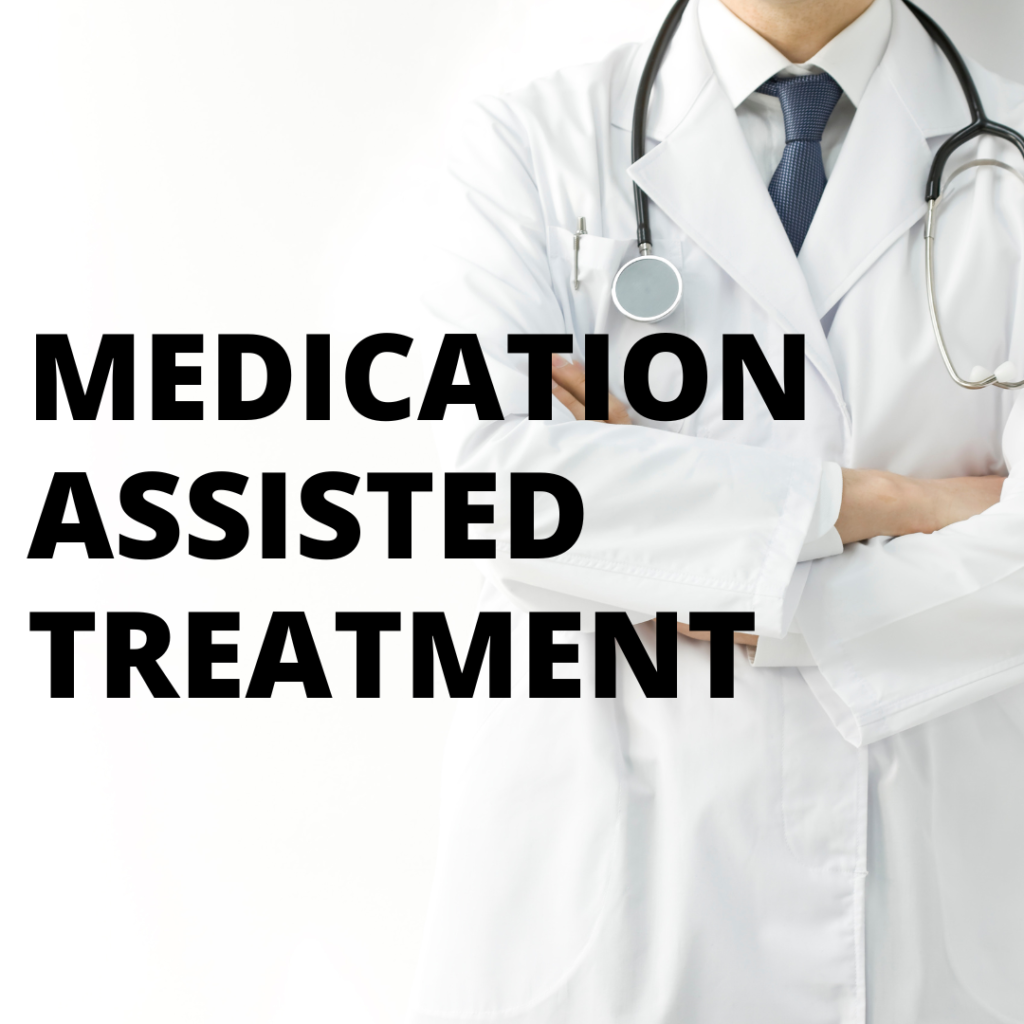Medication-Assisted Treatment (MAT) has become a cornerstone in the field of addiction recovery, offering a powerful combination of medication and behavioral therapy to treat substance use disorders. The approach has been instrumental in helping individuals achieve and maintain sobriety, providing a more holistic and supportive pathway to recovery. Understanding the evolution and impact of MAT is crucial for appreciating its role in modern addiction treatment and its potential to change lives.
Historical Background of Medication-Assisted Treatment
The history of MAT dates back to the early 20th century, but it wasn’t until the mid-1960s that it gained significant traction with the introduction of methadone. Methadone, a long-acting opioid agonist, was initially developed as a painkiller during World War II. However, its potential in treating heroin addiction was soon recognized, leading to the establishment of the first methadone maintenance programs in the United States. These programs aimed to reduce the harms associated with heroin use, such as overdose, infectious diseases, and criminal activity, by providing a legal and controlled alternative.
The 1980s and 1990s saw the development of other medications, such as naltrexone and buprenorphine. Naltrexone, an opioid antagonist, was approved for treating opioid dependence in 1984. Unlike methadone, naltrexone works by blocking the euphoric effects of opioids, making it an effective option for individuals motivated to maintain abstinence. Buprenorphine, a partial opioid agonist, was approved in 2002 and offered a new approach to MAT. Its unique properties allow it to alleviate withdrawal symptoms and cravings with a lower risk of misuse and overdose.
How Medication-Assisted Treatment (MAT) Works
MAT operates on the principle that addiction is a chronic disease that affects brain chemistry and function. The medications used in MAT target the same brain receptors as the abused substances, helping to stabilize brain function and reduce the physical and psychological impacts of withdrawal and cravings.
- Methadone: As a full opioid agonist, methadone activates opioid receptors in the brain, mimicking the effects of heroin and other opioids but in a controlled and less euphoric manner. This helps to alleviate withdrawal symptoms and cravings, allowing individuals to focus on their recovery.
- Buprenorphine (Suboxone): Buprenorphine is a partial opioid agonist, meaning it activates opioid receptors but to a lesser extent than full agonists like methadone. This results in a ceiling effect, reducing the risk of misuse and overdose. Buprenorphine is often combined with naloxone (Suboxone) to further deter misuse.
- Naltrexone: Naltrexone is an opioid antagonist that blocks the effects of opioids, preventing the user from experiencing the euphoria associated with opioid use. It is available in oral and extended-release injectable formulations, making it a flexible option for different treatment needs.
The medications are most effective when combined with counseling and behavioral therapies tailored to each patient’s needs. This integrated approach addresses the physical, psychological, and social aspects of addiction, promoting long-term recovery.
Benefits of Medication-Assisted Treatment (MAT)
The benefits of MAT are well-documented and include:
- Reduced Withdrawal Symptoms and Cravings: The medications used in MAT help manage withdrawal symptoms and reduce cravings, making it easier for patients to focus on their recovery without the constant struggle against physical discomfort and psychological urges.
- Lower Risk of Relapse: By mitigating withdrawal symptoms and cravings, MAT significantly lowers the risk of relapse, providing a stable foundation for long-term recovery. Studies have shown that patients engaged in MAT programs are more likely to stay in treatment and less likely to relapse compared to those who do not receive MAT.
- Improved Patient Retention: Patients engaged in MAT programs are more likely to stay in treatment, leading to better recovery outcomes. The supportive structure of MAT programs, combined with regular medical supervision and counseling, helps to keep patients engaged and motivated.
- Enhanced Quality of Life: MAT helps patients regain control of their lives, improving their physical and mental health, social relationships, and overall quality of life. By stabilizing brain chemistry and reducing the compulsion to use, patients can focus on rebuilding their lives and pursuing their goals.
Challenges and Misconceptions of Medication-Assisted Treatment
Despite its proven effectiveness, MAT faces several challenges and misconceptions:
- Stigma: There is a persistent stigma surrounding MAT, with some viewing it as merely substituting one addiction for another. This misconception overlooks the fact that MAT medications are carefully regulated and used to stabilize patients, not induce euphoria. Education and awareness campaigns are essential to dispel these myths and promote the benefits of MAT.
- Access and Availability: Access to MAT can be limited due to regulatory barriers, lack of trained providers, and geographic disparities, particularly in rural areas. Efforts to expand access to MAT include increasing the number of providers authorized to prescribe buprenorphine, integrating MAT into primary care settings, and utilizing telehealth services.
- Misunderstandings: Misconceptions about MAT can deter individuals from seeking treatment. It is crucial to educate patients, families, and communities about the science behind MAT and its role in treating addiction as a chronic disease. Dispelling myths and providing accurate information can help reduce resistance to MAT and encourage more people to seek help.
Success Stories of Medication-Assisted Treatment
Countless individuals have experienced life-changing benefits from Medication-Assisted Treatment. For instance, John, a Renew Health patient, struggled with opioid addiction for over a decade. After enrolling in a MAT program, he began taking buprenorphine and attending regular counseling sessions. Today, John is in stable recovery, employed, and rebuilding relationships with his family. Such success stories highlight the transformative power of MAT.
Similarly, Maria, who had battled alcohol dependence for years, found hope through naltrexone. The medication helped her manage cravings and maintain sobriety while engaging in therapy to address underlying issues. Maria’s story underscores the importance of a comprehensive treatment approach that combines medication with psychological and social support.
Conclusion
The future of addiction treatment is promising, with Medication-Assisted Treatment playing a pivotal role. Renew Health is committed to providing comprehensive MAT services, combining medication with counseling and support to ensure the best possible outcomes for our patients. If you or a loved one is struggling with addiction, consider exploring MAT as a path to recovery. Renew Health is here to support you every step of the way.


